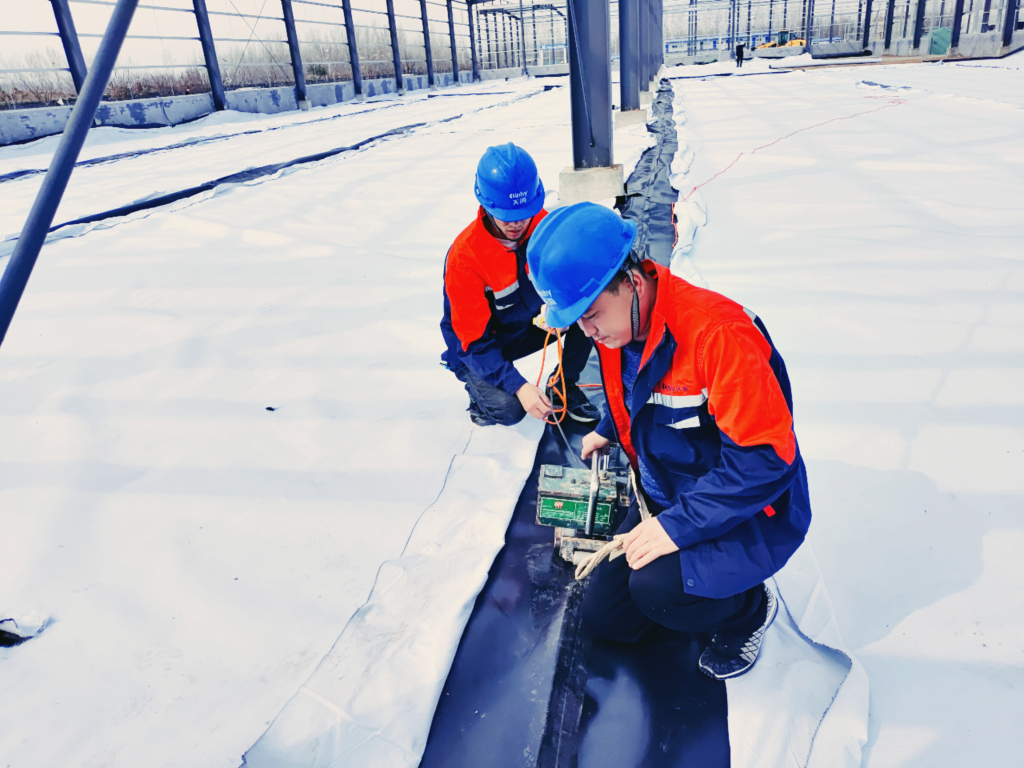Do lakes need geotextiles?
In lake projects, geotextiles are usually not a necessity. Compared with geomembranes, the application of geotextiles in lake projects is relatively limited. However, there are situations where geotextiles may be used for specific purposes, depending on the specific engineering design and environmental conditions.
1. Lakeshore protection: When protection or protection projects are required around the lakeshore, geotextiles can be used to inhibit soil erosion and stabilize the bank slope. It can be used to build vegetation cover systems to prevent wave erosion and erosion, protecting the integrity and stability of lake shores.
2. Water body restoration: When carrying out lake water body restoration projects, geotextiles can be used for vegetation coverage at the bottom of the lake, sediment storage, plankton control, etc. It can act as a barrier to sediments and harmful substances, preventing their continued impact on the water environment.
3. Aquatic vegetation management: When managing and controlling aquatic vegetation in lakes, geotextiles can be used to prevent the expansion of aquatic vegetation, delineate restricted areas, and maintain lake navigation and water flow smoothness.
It is important to note that the specific environmental characteristics of the lake, project goals and cost-effectiveness must be considered when deciding whether to use geotextiles.
At the same time, ensure that the selected geotextiles comply with relevant standards and specifications and have durability, corrosion resistance and adaptability to meet the needs of the project and long-term use requirements.
It is best to consult with a professional engineer or relevant expert to get the best advice for your specific lake project.
What products should be used with geotextile?
Geotextiles often need to be used in conjunction with other products in lake projects to achieve the desired engineering goals and effects. Here are some common products used with geotextiles:
Geomembrane: Geotextile can be used in combination with geomembrane to form a more composite anti-seepage system. Geotextiles can be used as a protective layer for geomembranes to prevent external damage and destruction. At the same time, the geomembrane provides an anti-seepage effect, while the geotextile increases the mechanical protection and stability of the geomembrane.
Geogrid: Geogrid is a structural geomaterial consisting of a uniformly distributed open pore structure. It can be used with geotextiles for soil reinforcement and erosion resistance. Geogrid can enhance the bonding force between geotextile and soil, providing better slope stability and erosion resistance.
Geoneedle: A geoneedle is a long, sharp, needle-like device used to secure geotextiles or other geotechnical materials to the ground. Geoneedles securely anchor the geotextile into the soil to prevent it from moving or loosening.
Geofill: In some lake projects, geofill can be used together with geotextiles to fill and strengthen geotechnical structures. Geofill can provide additional support and stability, increasing the overall strength and load-bearing capacity of the geotextile system.
Vegetation: Geotextiles can be combined with vegetation for lake bank slope management and vegetation restoration. Geotextiles can help hold soil in place, promote vegetation growth, and protect against water washout and erosion.

What sizes do geotextiles come in?
Geotextile sizes can be selected based on specific project needs and specifications provided by the supplier. Here are some common geotextile sizes for your reference:
Width: Geotextile widths typically range from 2 meters (6.6 feet) to 6 meters (19.7 feet). Geotextiles with larger widths can be spliced through welding or seaming methods to meet larger coverage needs.
Length: The length of geotextile can be customized according to actual needs. Common supply lengths are 50 meters (164 feet) to 100 meters (328 feet). Depending on the actual conditions of the project, the geotextile can be cut to the required length.
Weight: The weight of geotextiles is usually expressed in grams per square meter (gsm). Common weight range is 100gsm to 1000gsm. Lighter geotextiles are suitable for some lighter applications, such as soil protection, while heavier geotextiles are suitable for applications requiring higher strength and durability, such as impermeable layers and slope protection projects.

